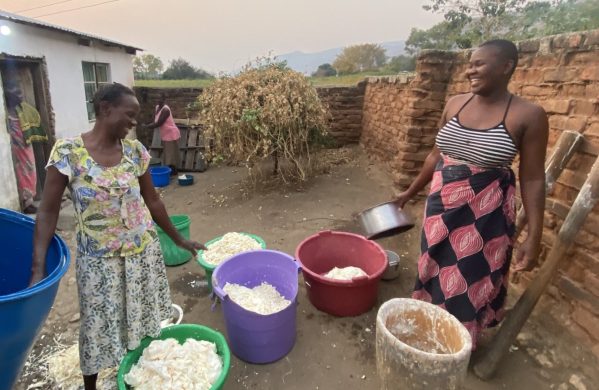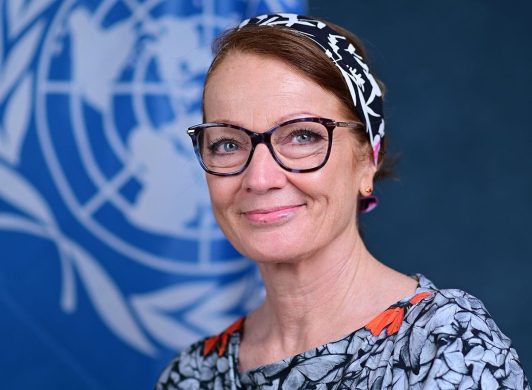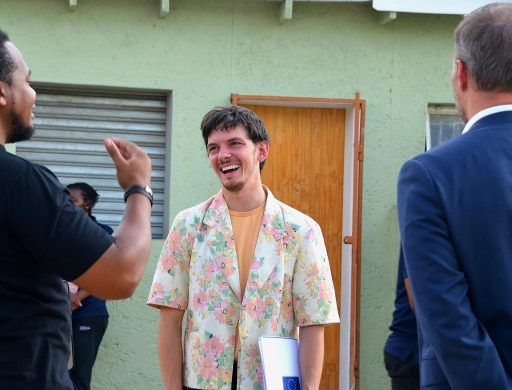1,3 millioner børn under 5 år døde i 2011 af lungebetændelse. 75 procent af dødsfaldene forekommer i kun 15 lande viser en ny rapport fra International Vaccine Access Center (IVAC) udgivet på Verdens Lungebetændelses Dag mandag.
Recent estimates from the United Nations Children’s Fund (UNICEF) show that pneumonia continues to be the number one killer of children around the world. In 2011 alone pneumonia claimed 1.3 million lives, and was responsible for nearly one in five global child deaths.
Investments in preventing, treating, and protecting children against pneumonia have contributed to significant declines in child mortality over the last decade, but access to healthcare facilities and treatment remains out of reach for many children in the developing world, where 99 percent of deaths from pneumonia occur.
Marking the fourth annual World Pneumonia Day, November 12th, world leaders and the Global Coalition Against Child Pneumonia are calling for major efforts in the fight against childhood pneumonia, which remains the number one killer of children under age five.
15 countries accounts for 75 of all deaths
According to a Pneumonia Progress Report released by the International Vaccine Access Center (IVAC) at Johns Hopkins, 75 percent of all childhood pneumonia deaths worldwide occur in just 15 countries, demonstrating the potential impact of targeted efforts. The report also notes that none of these countries have reached the 90 percent coverage targets for key pneumonia interventions recommended in WHOs and UNICEFs Global Action Plan for the Prevention and Control of Pneumonia (GAPP).
Cheap and simple prevention
For pneumonia cases that do occur, antibiotics such as amoxicillin are one of the simplest and least expensive methods of treatment. However, antibiotics are administered to less than one third of children with suspected pneumonia, and only a tiny minority receives amoxicillin in the ideal form for small children: a tablet that dissolves in a very small amount of liquid or breast milk. According to the UN Commission on Life-saving Commodities for Women and Children, making amoxicillin available in a dissolvable tablet form to the children most at risk of dying from pneumonia would potentially save 1.56 million children over five years.
Vaccine coverage in progress
Over the past three years, the GAVI Alliance has assisted over 20 countries to introduce the pneumococcal conjugate vaccine, which prevents the most common cause of childhood pneumonia. While progress is being made, currently only 7 of the 15 countries profiled in IVAC’s report have vaccine coverage levels at or above 80 percent. Coverage of breastfeeding and access to antibiotics are similarly low in most countries.
Key to getting vaccines and treatments to the children who need them most are frontline health workers, who are the first and often only link to healthcare for many children. However, WHO estimates there is currently a shortage of at least one million frontline health workers, particularly in Africa and parts of Asia.
Læs mere om Verdens Lungebetændelses Dag – www.worldpneumoniaday.org
Læs International Vaccine Access Center (IVAC) Johns Hopkins, progress report her – http://www.jhsph.edu/research/centers-and-institutes/ivac/resources/IVAC-Pneumonia-Progress-Report-2012.pdf














